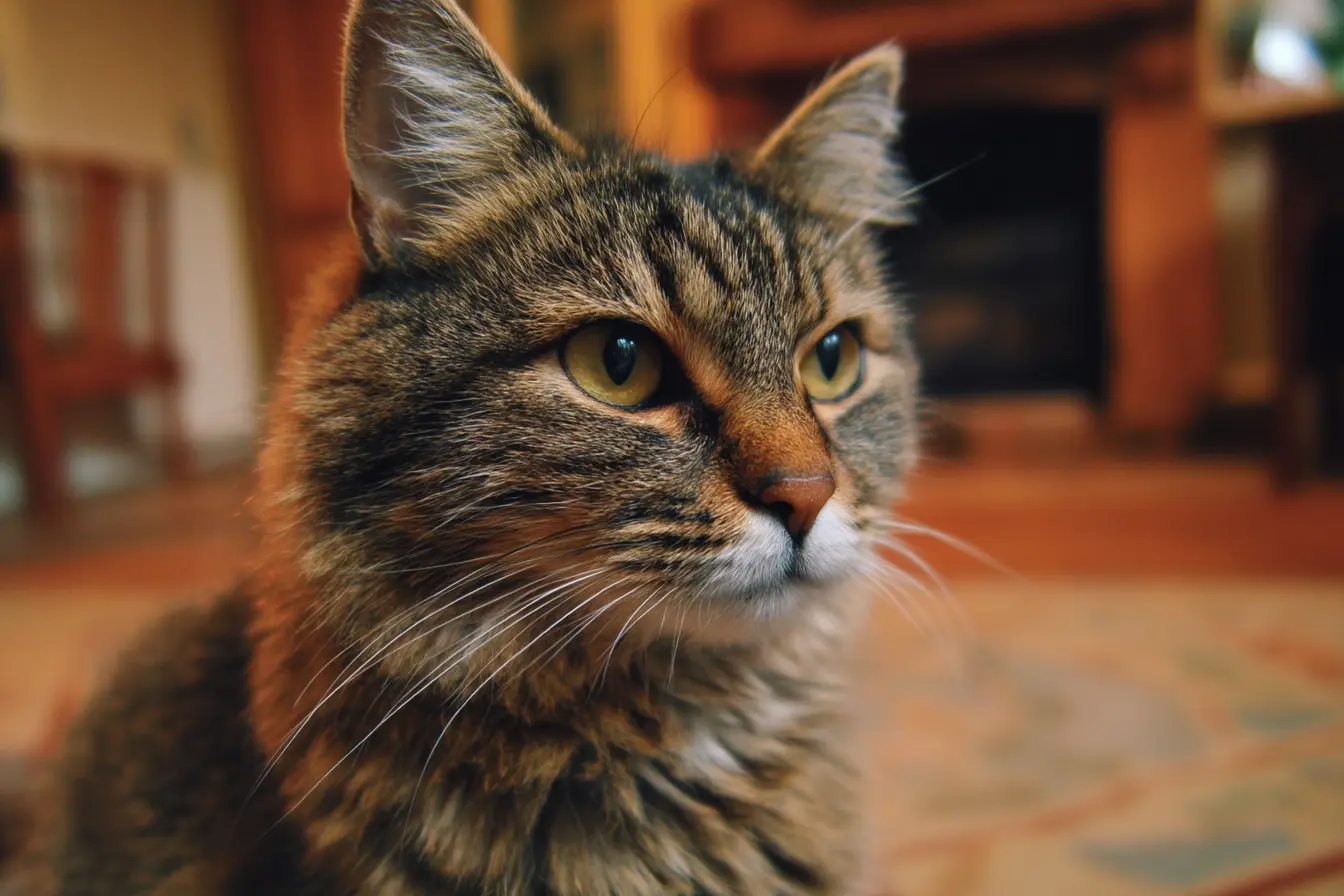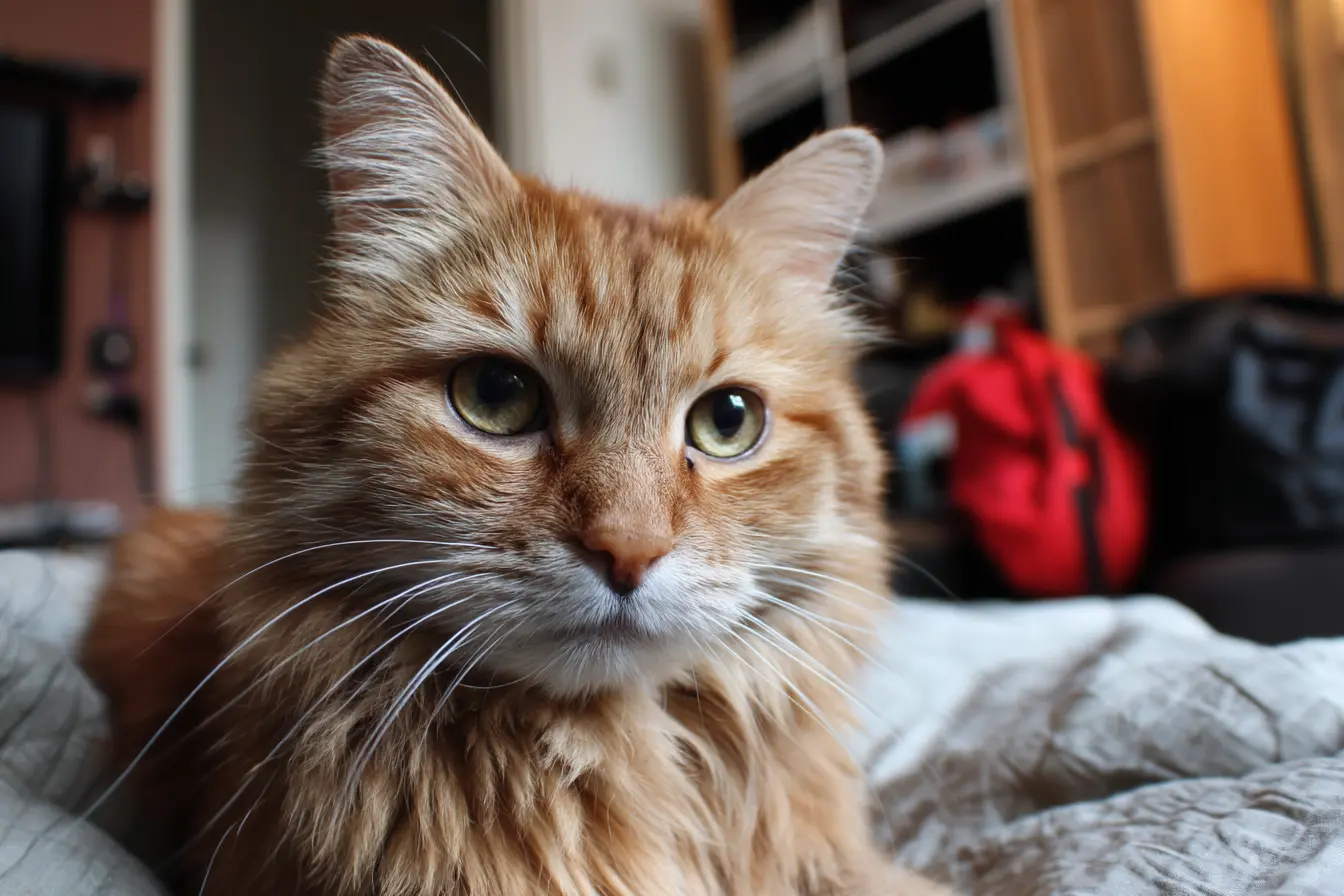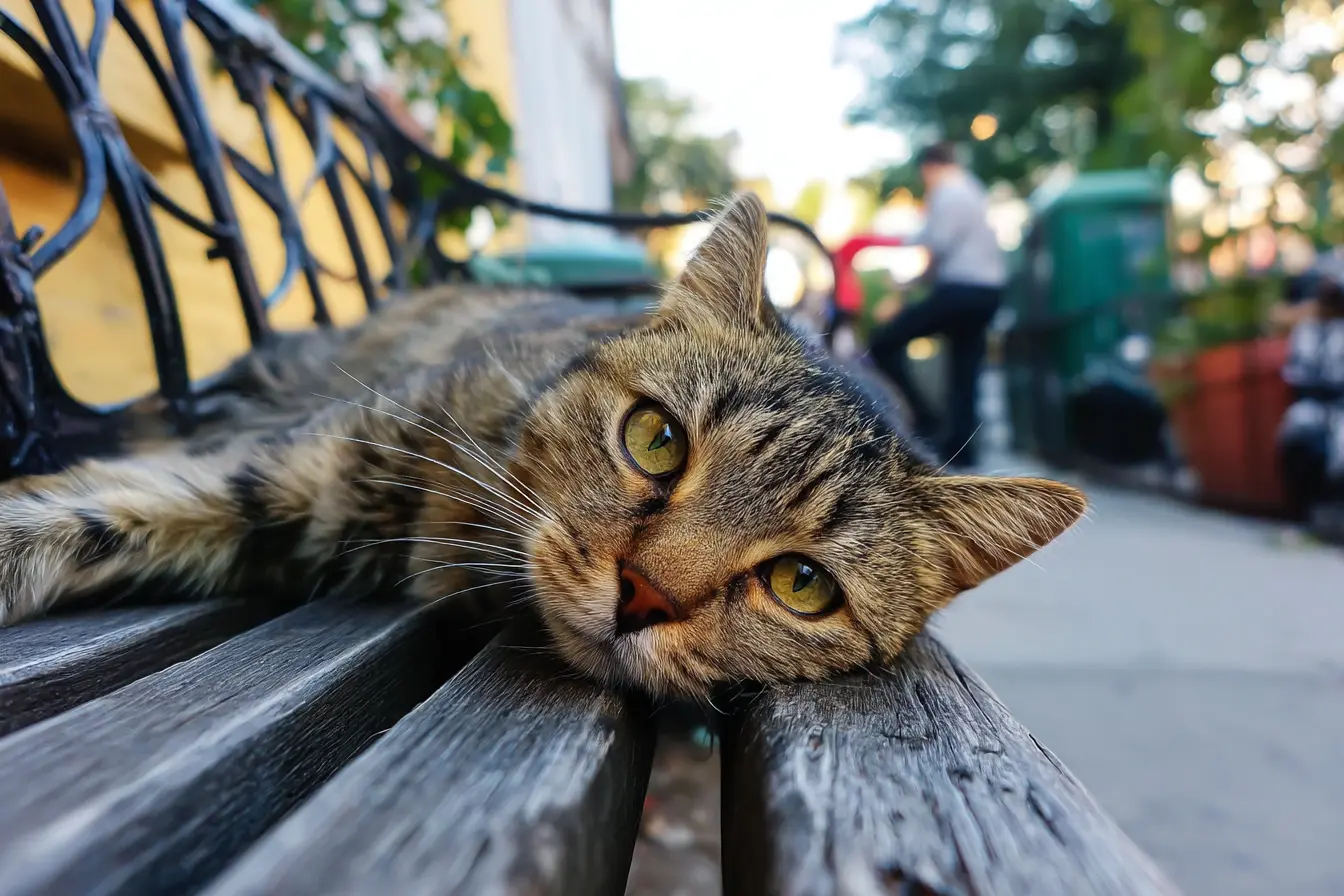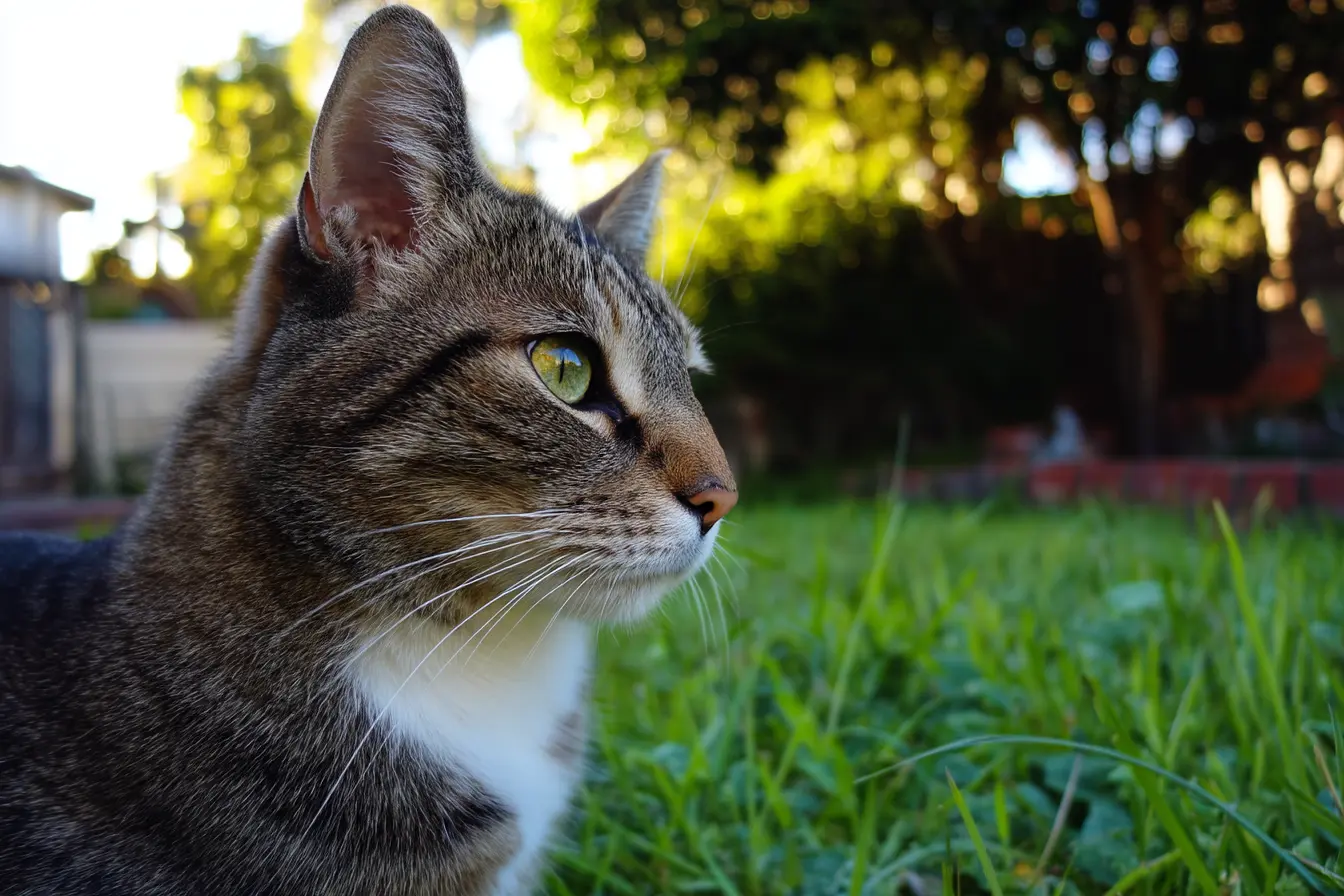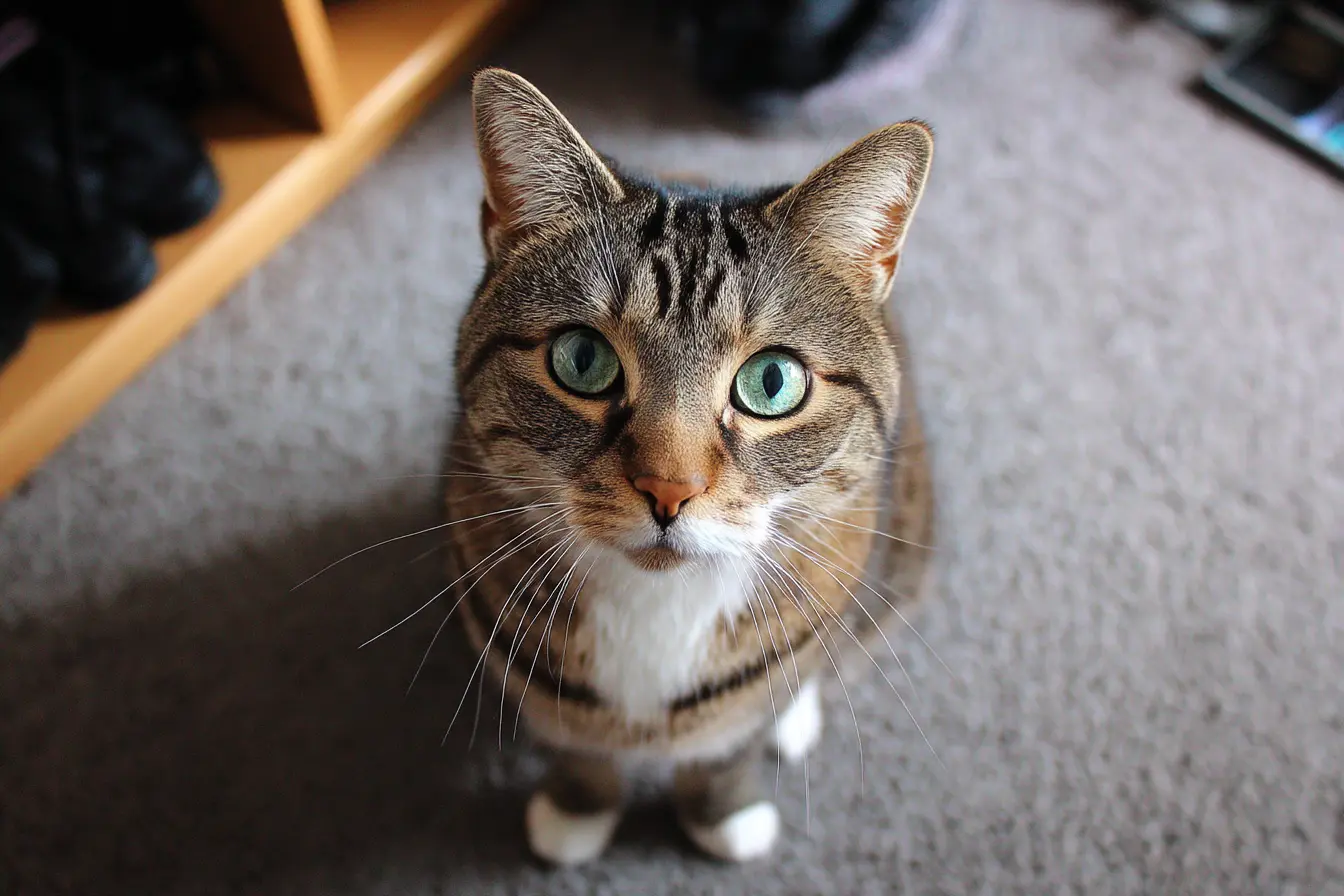
Feline Panleukopenia (Feline Distemper) in Cats: Causes, Symptoms, Treatment, and Prevention
Feline panleukopenia, also known as feline distemper or feline parvovirus, is a highly contagious and potentially fatal viral disease that affects cats. It primarily attacks rapidly dividing cells, leading to severe damage to the intestines, bone marrow, and immune system. While widespread vaccination has significantly reduced its occurrence, outbreaks still happen, particularly in unvaccinated cats and kittens.
This guide covers everything cat owners need to know about feline panleukopenia, including its causes, symptoms, diagnosis, treatment options, and prevention strategies.
What is feline panleukopenia?
Feline panleukopenia is caused by the feline parvovirus, which is closely related to the canine parvovirus. It mainly affects young, unvaccinated cats and those with weakened immune systems. The virus destroys white blood cells, leading to immunosuppression, and severely damages the intestinal lining, causing life-threatening dehydration and secondary infections.
The disease is highly contagious and spreads through direct contact with infected cats or contaminated environments. It is resistant to many disinfectants and can survive in the environment for months or even years.
Causes and transmission of feline panleukopenia
Feline panleukopenia is caused by the feline parvovirus, which is transmitted through:
- Direct contact with an infected cat’s bodily fluids, including saliva, urine, faeces, or vomit
- Indirect contact with contaminated objects such as food bowls, bedding, litter trays, clothing, and human hands
- Airborne transmission in high-density environments such as shelters, catteries, and feral cat colonies
- Infected pregnant cats passing the virus to their unborn kittens, leading to neurological issues or stillbirths
The virus is extremely resilient and can survive on surfaces, in soil, and even on human clothing for extended periods.
Symptoms of feline panleukopenia
The symptoms of feline panleukopenia vary depending on the severity of the infection. Kittens and unvaccinated cats are at the highest risk of severe disease and death.
Early symptoms
- Loss of appetite
- Fever
- Lethargy and weakness
- Hiding or avoiding interaction
Advanced symptoms
- Severe vomiting and diarrhoea, often with blood
- Rapid dehydration
- High fever followed by a sudden drop in body temperature
- Abdominal pain and bloating
- Thick, rope-like intestines felt during a veterinary examination
Symptoms in newborn kittens
- Neurological issues such as tremors, lack of coordination, and difficulty walking
- Retinal damage and vision problems
- Stillbirths or fading kitten syndrome in infected litters
Kittens infected in the womb or shortly after birth may develop cerebellar hypoplasia, a condition that affects balance and coordination, causing lifelong movement difficulties.
Diagnosing feline panleukopenia
Feline panleukopenia can be challenging to diagnose as its symptoms resemble other diseases such as feline coronavirus, feline leukaemia virus, and poisoning. Vets use a combination of clinical signs and laboratory tests to confirm the diagnosis.
Diagnostic tests
- Complete blood count, which often shows a severe decrease in white blood cells
- Faecal antigen test to detect feline parvovirus in the faeces
- Polymerase chain reaction test, which confirms the presence of feline parvovirus DNA in blood or faecal samples
- Ultrasound or X-rays, which may show thickened intestines and fluid buildup in the abdomen
Treatment for feline panleukopenia
There is no specific antiviral cure for feline panleukopenia, so treatment focuses on intensive supportive care to manage symptoms and prevent complications.
Hospital treatment
Severely affected cats require hospitalisation for intensive care, including:
- Intravenous fluids to correct dehydration and electrolyte imbalances
- Anti-nausea medication to reduce vomiting
- Antibiotics to prevent secondary bacterial infections due to a weakened immune system
- Blood transfusions in extreme cases of anaemia or severe blood loss
- Nutritional support through syringe feeding or feeding tubes
Home care for mild cases
If caught early and the cat is stable, home care may include:
- Encouraging fluid intake to prevent dehydration
- Offering easily digestible food in small amounts
- Keeping the cat warm and comfortable
- Administering vet-prescribed medications to manage symptoms
Prognosis and recovery
The prognosis depends on the cat’s age, immune status, and how quickly treatment begins. Without treatment, the mortality rate is extremely high, especially in kittens. With intensive veterinary care, survival rates can reach fifty to seventy percent, particularly in adult cats.
Cats that recover from feline panleukopenia develop lifelong immunity, making reinfection unlikely.
Preventing feline panleukopenia
Prevention is essential, as feline panleukopenia is highly contagious and often fatal.
Vaccination
Vaccination is the most effective way to protect cats from feline panleukopenia. The feline parvovirus vaccine is part of the core vaccinations for all cats.
- Kittens should receive their first vaccine at eight to nine weeks old
- A booster dose at twelve weeks and again at sixteen weeks
- Adult cats should receive a booster every one to three years
Most cats vaccinated against feline panleukopenia develop strong, long-lasting immunity.
Hygiene and infection control
Since the virus is extremely durable, proper disinfection and hygiene are crucial for preventing outbreaks.
- Use bleach-based disinfectants to clean contaminated surfaces, as regular household cleaners may not kill the virus
- Isolate infected cats for at least six weeks after recovery to prevent virus shedding
- Wash hands thoroughly before and after handling multiple cats
- Avoid bringing unvaccinated cats into areas where infected cats have been
Protecting multi-cat households and shelters
- Minimise overcrowding, as stress can weaken the immune system and increase susceptibility to infection
- Test new cats before introducing them to a multi-cat environment
- Ensure all resident cats are fully vaccinated
Can feline panleukopenia spread to humans or other pets?
Feline panleukopenia does not affect humans, dogs, or other animals. However, dogs have their own version of parvovirus, which is related to the feline strain. The virus does not cross between species, but the disease mechanisms are similar.
When to see a vet
Seek veterinary care immediately if your cat shows any signs of:
- Persistent vomiting and diarrhoea
- Severe dehydration or lethargy
- High fever or sudden drop in temperature
- Loss of appetite for more than twenty-four hours
Early treatment improves the chances of survival, so do not delay seeking veterinary help.
Conclusion
Feline panleukopenia is a highly contagious and life-threatening disease, but it is preventable through vaccination and proper hygiene. If a cat contracts the virus, prompt veterinary intervention is critical for increasing survival chances.
Cat owners should ensure their pets are up to date on vaccinations, especially kittens and cats in multi-cat environments. By following proper prevention measures, we can continue to reduce the impact of feline panleukopenia and protect cats from this devastating illness.
Contents
- What is feline panleukopenia?
- Causes and transmission of feline panleukopenia
- Symptoms of feline panleukopenia
- Diagnosing feline panleukopenia
- Treatment for feline panleukopenia
- Prognosis and recovery
- Preventing feline panleukopenia
- Can feline panleukopenia spread to humans or other pets?
- When to see a vet
- Conclusion
Tags
Related Vets
Vets near you
Speciality vets
- Aquatics vet specialists
- Birds vet specialists
- Camelids vet specialists
- Cats vet specialists
- Cattle vet specialists
- Deer vet specialists
- Dogs vet specialists
- Equines vet specialists
- Exotic vet specialists
- Goats vet specialists
- Pigs vet specialists
- Poultry vet specialists
- Sheep vet specialists
- Small Mammals vet specialists
- Wild vet specialists
